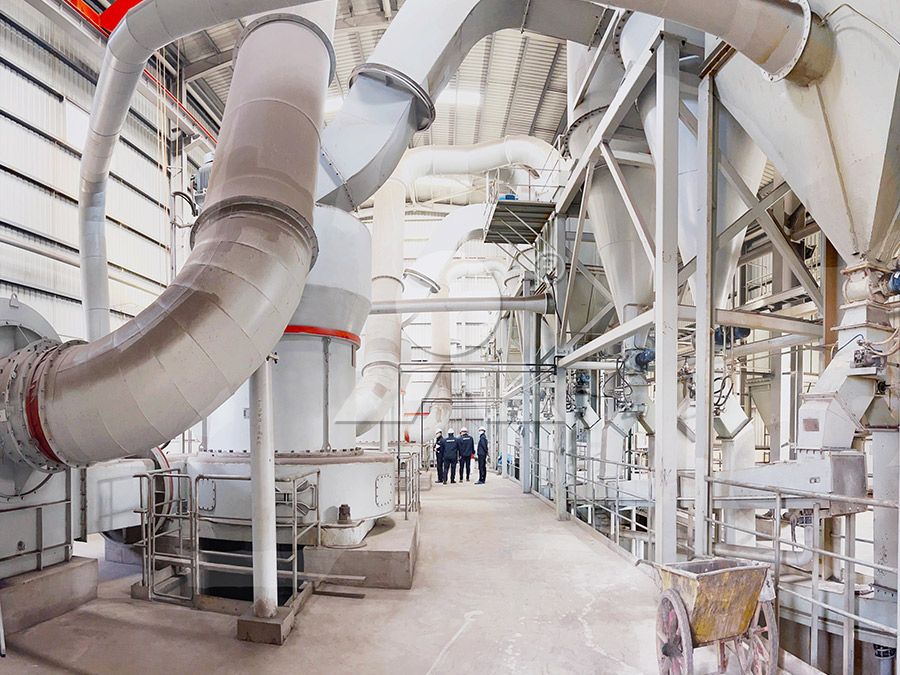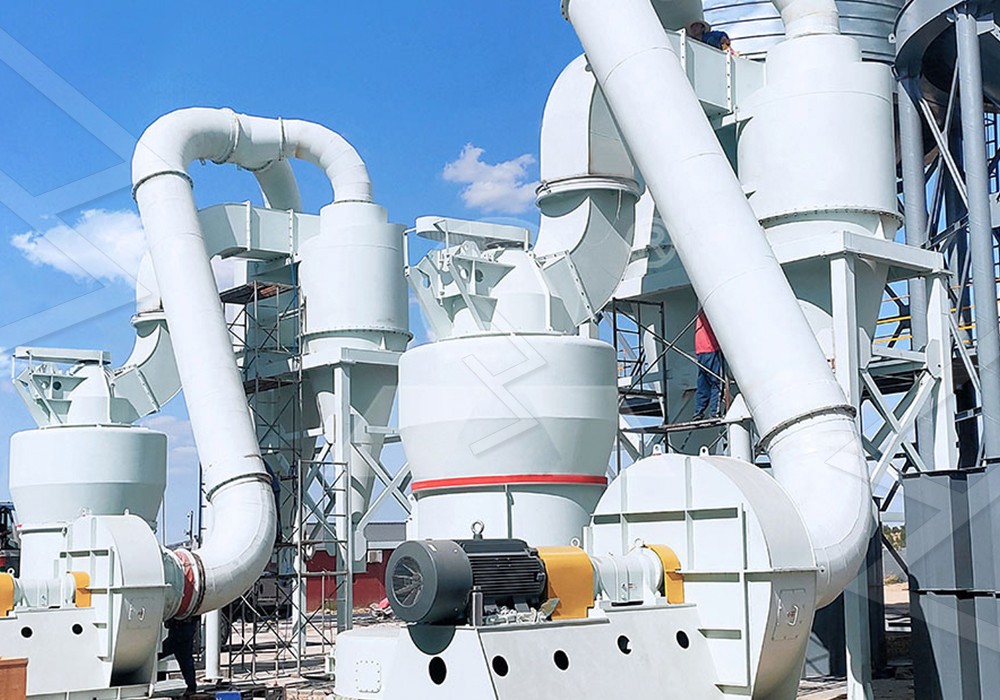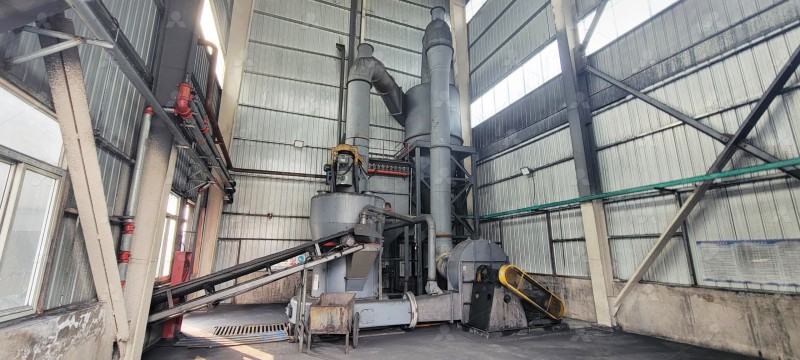How to Use a Raymond Mill for Efficient Powder Grinding
How to Use a Raymond Mill for Efficient Powder Grinding
For decades, Raymond mills have been the workhorse of powder processing operations across numerous industries. Their robust design and reliable performance make them ideal for grinding various non-flammable and non-explosive materials with Mohs hardness less than 9.3 and humidity below 6%. However, achieving peak efficiency requires more than just turning the machine on; it demands a thorough understanding of its operation and maintenance.
The fundamental principle involves feeding crushed raw material into the grinding chamber where rotating rollers exert centrifugal force against a stationary grinding ring. The material is pulverized between these components and the resulting powder is carried by an air stream to a classifier. The classifier separates fine particles, which are collected as product, from coarse particles, which are returned for further grinding. This closed-circuit system is key to achieving consistent fineness.

Key Operational Parameters for Optimal Performance
Successful operation hinges on controlling several critical parameters. First, the feed size must be consistently below 25mm to prevent jamming and ensure smooth material flow. The feed rate should be steady and matched to the mill’s capacity, which typically ranges from 0.6 to 5 tons per hour depending on the model and material characteristics. An uneven feed can lead to vibration, reduced efficiency, and increased wear on grinding components.
The grinding pressure, adjusted via the spring tension system, must be calibrated according to material hardness. For harder materials, higher pressure is required, but excessive pressure increases energy consumption and component wear. The air volume through the system, controlled by the fan, affects the product fineness and throughput. Higher air flow carries more material but may reduce classification efficiency for ultra-fine products. Regular monitoring of the motor amperage provides valuable insight into the operational load and can help prevent overloading.
Maintenance Best Practices
Preventive maintenance is crucial for maximizing the service life of your Raymond mill. The grinding rollers and ring are consumable parts that require regular inspection. Check for even wear patterns and measure thickness periodically. Uneven wear typically indicates improper feeding or pressure distribution. The blade system that feeds material into the grinding zone should be inspected for wear, as worn blades reduce feeding efficiency.
The lubrication system demands particular attention. All bearings require regular greasing according to the manufacturer’s specifications, but avoid over-lubrication as it can lead to seal damage and contamination. The central gearbox oil should be checked for level and clarity, with scheduled oil changes based on operating hours. For the classifier, ensure that the rotating parts move freely without obstruction, as buildup of fine material can impair its function and product quality.

When to Consider Advanced Grinding Solutions
While Raymond mills excel at many grinding applications, operations requiring ultra-fine powders below 325 mesh or higher throughput may benefit from more advanced technology. For these demanding applications, we recommend considering our MW Ultrafine Grinding Mill, which produces powders between 325-2500 meshes with exceptional energy efficiency. Its innovative design eliminates rolling bearings and screws in the grinding chamber, significantly reducing maintenance concerns and enabling 24-hour continuous operation.
For operations processing softer materials or requiring vertical configuration, our LUM Ultrafine Vertical Grinding Mill offers outstanding performance with its advanced German powder separating technology and unique roller shell design. Both mills incorporate efficient pulse dust collectors and noise reduction features, making them environmentally responsible choices for modern powder processing facilities.
Troubleshooting Common Issues
Even with proper operation, issues may occasionally arise. Reduced output often stems from worn grinding components, classifier problems, or insufficient air flow. Excessive vibration typically indicates uneven feeding, worn bearings, or imbalance in rotating parts. If product fineness becomes inconsistent, check the classifier speed and blade condition, as well as air flow stability. Addressing these issues promptly prevents secondary damage and maintains product quality.

Frequently Asked Questions
What is the typical lifespan of grinding rollers in a Raymond mill?
With proper operation and maintenance, grinding rollers typically last between 800-1,500 hours depending on material abrasiveness. Harder materials will naturally cause faster wear.
Can Raymond mills handle moist materials?
Standard Raymond mills work best with materials containing less than 6% moisture. For higher moisture content, consider mills with integrated drying capabilities or pre-dry the material.
How often should the grinding elements be replaced?
Replacement frequency depends on material hardness and production volume. Regular thickness measurement is the best guide – replace components when wear exceeds manufacturer recommendations, typically at 50-60% of original thickness.
What safety precautions are essential during operation?
Always ensure all guards are in place before operation. Never perform maintenance while the mill is running. Allow the mill to completely stop and cool before inspection. Use proper lockout/tagout procedures during servicing.
How can I improve the energy efficiency of my grinding operation?
Maintain optimal feed size and rate, keep grinding components in good condition, ensure proper classifier operation, and consider upgrading to more efficient models like our MW series when appropriate for your application.
